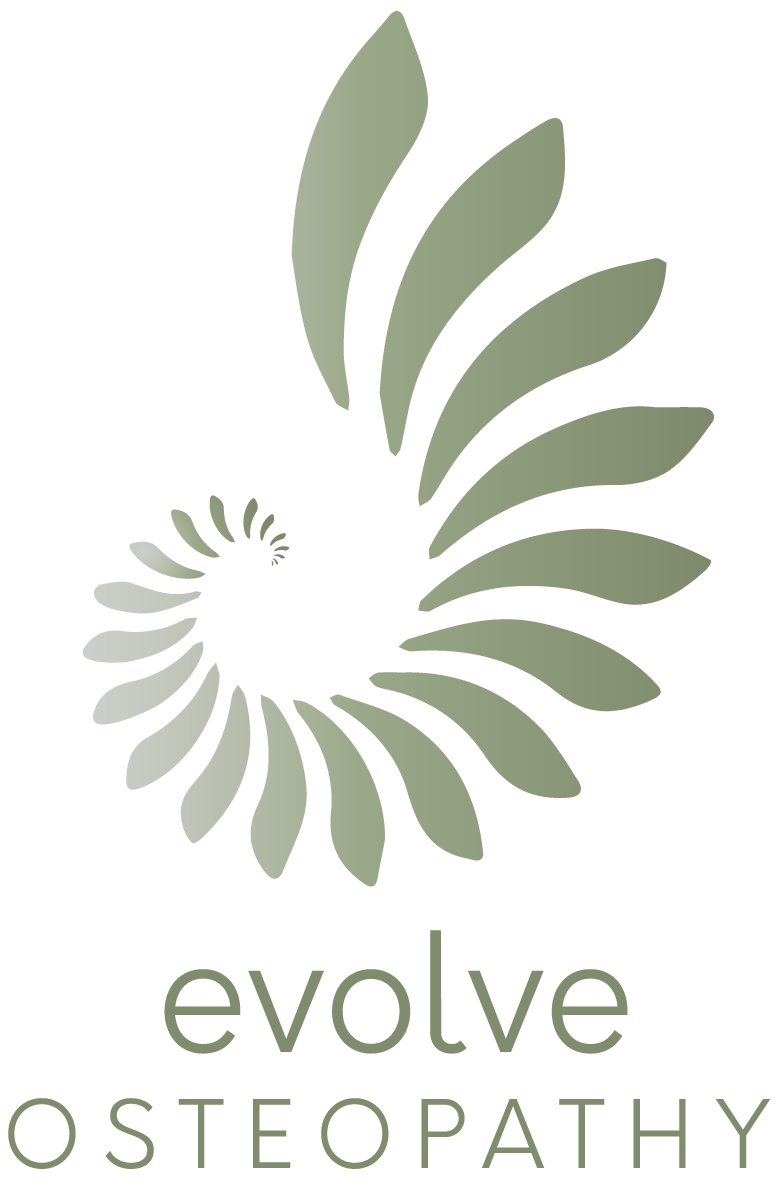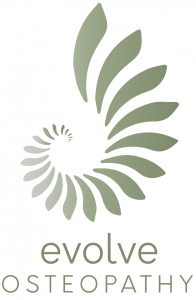Gardening can be a wonderful and therapeutic activity, but for those with a bad back, it can also be a source of pain and discomfort. However, with the right techniques and tools, it is still possible to enjoy gardening without aggravating your back. In this blog, we will explore some top tips for gardening with a bad back that will help you enjoy your garden while minimising strain and preventing injury.
The Importance of Proper Technique

One of the most crucial aspects of gardening with a bad back is using proper lifting technique. For those that have been to the gym in the past may remember how to do a “deadlift” exercise. This includes using your legs to lift heavy objects rather than bending over from the waist, which can strain your back. Additionally, it is important to avoid twisting your back while lifting or carrying objects. Instead, pivot on your feet to turn your whole body in the direction you need to go. Remember to take frequent breaks and avoid overexerting yourself. Listening to your body and knowing your limits is key to preventing further strain on your back.
The Best Tools for Reducing Strain

Using the right tools can make a significant difference in reducing strain on your back while gardening. Long-handled tools can help you reach the ground without having to bend over too much. Ergonomically designed tools with padded handles can also help reduce strain on your hands and wrists. Consider investing in a garden cart or wheelbarrow to transport heavy items around your garden or allotment rather than carrying them by hand. These tools can help distribute the weight more evenly and prevent unnecessary strain on your back.
For more advice and tips for choosing the right tools for gardening, go to Thrive online which is a health charity for gardening.
Strategic Plant Placement
When planning your garden, consider placing plants and flowers in areas that are easy to reach without having to bend or stretch too far. Keep flowerbeds narrow so you don’t have to stretch over plants. Plant taller plants towards the back of the garden bed and shorter plants towards the front so that you can easily access each plant without straining your back.
Raised garden beds can also be a great option for those with back problems as they reduce the need to bend over. Additionally, using containers or hanging baskets can bring plants closer to eye level, making them easier to tend to without putting strain on your back.
No-dig Method for gardening
The no-dig method is a gardening technique that eliminates the need for traditional digging and tilling, reducing strain on your back. Instead of digging up the soil, simply add layers of organic matter such as compost, mulch, and straw on top of the soil. These layers will break down over time, improving the soil structure and providing nutrients for your plants. By using the no-dig method, you can maintain a healthy garden while minimising strain on your back.
Incorporating Regular Stretching

Incorporating regular stretching exercises into your gardening routine can help prevent muscle stiffness and reduce the risk of back pain. Before starting any gardening tasks, take a few minutes to warm up and stretch your muscles, especially focusing on the muscles in your back, shoulders, and legs. Practicing Yoga or Pilates at a specific class or from your home can also help improve flexibility and strengthen your core muscles, which can provide support for your back while gardening. Remember to listen to your body and stop any activity that causes pain or discomfort.
In conclusion
By following these top tips for gardening with a bad back, you can continue to enjoy the benefits of gardening while protecting your back from unnecessary strain. Remember to prioritise proper technique, use the right tools, strategically plan your garden layout, consider using the no-dig method, and incorporate regular stretching into your routine. With these strategies in place, you can maintain a beautiful and thriving garden without sacrificing your back health.
If you have tried these tips and you are still struggling with back pain, book today for a consultation for a bespoke assessment of your condition.

